Are you looking for how to improve your pelvic floor health? You may be noticing that you leak wee occasionally when you laugh, cough, sneeze or run. Sex may have become quite painful or you may have a prolapse in later life or after having children. Pelvic floor health is not well understood in the broader community and especially not in the fitness world. But it needs to be because the way we train our bodies has a direct impact on the pelvic floor. Instead of doing damage we want to get deep engagement and coordination of the pelvic floor, this is the true meaning of ‘core strength’.
First things first
I have said it before and I will say it again. Your pelvic floor is not a floor, it is not fixed nor should it be. It is a diaphragm and it mirrors the diaphragm you have under your ribs. Both diaphragms are part of your respiratory system and need to move with your breath. This is true for both men and women and whilst the information in this post is targeted toward women it is also relevant for men.
Why not Kegels?
Your pelvic floor (diaphragm) is made up of many seperate muscles that work together. Kegels target a couple of the muscles in the pelvic floor (diaphragm). Kegels work on muscle strength by contracting the muscles, making them shorter and tighter. However if you train some of the pelvic floor muscles to be short and tight and the others are not trained at all this can make it difficult for these muscles to work together as a diaphragm, to respond to the breath. To be pliable, flexible and toned the pelvic floor (diaphragm) needs to be worked in coordination with the muscles in the torso and with the breath.
4 tips for a healthy pelvic floor
- Allow your breath to come deep into your belly. When you inhale let your belly come out like a balloon (use no force or tension), this can take some time to relax the pelvic diaphragm enough to allow the breath to come down low in the torso. As you exhale notice your belly return naturally towards your bones. This simple breathing technique will help the overall coordination of the muscles in torso and your pelvic floor.
- Massage around your SITS bones. Grab a clean tennis ball and start by sitting down on the floor or a chair and massage around the outside of one SITS bone. After a minute or so you can then massage on the inside edge of the same SITS bone. Go gently as the tissues in here are delicate. Continue to breath as in tip 1. Then repeat on the other side.
- Practice creating intra-abdominal pressure before you lift anything. Practicing is easy, we can do it with our imagination. Bring your hands out in front of you and imagine you are about to pick up a child. You should feel a slight engagement of your abdominal muscles, this is intra-abdominal pressure. It changes in response to weight that you are lifting.
- Have good lifting techniques. Always use a good hip hinge to bend down and pick up anything heavy. Keeping the spine long the intra-abdominal pressure will kick in but in this position most of the weight will be taken by the legs. If your spine is bent then much of the load will end up in the lower abdominals and pelvic floor.
I am Brigid Pearse a certified Pilates instructor and ex-dancer and a mum. I have had several abdominal surgeries for infertility and recovered after cesarean birth. I run a fully equipped Pilates studio from my home in Lennox Head and I run community Pilates mat classes in Byron Bay, Ballina and online.
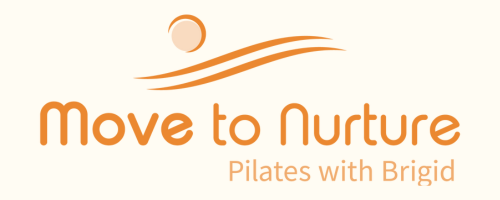

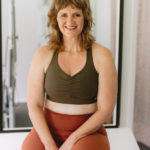
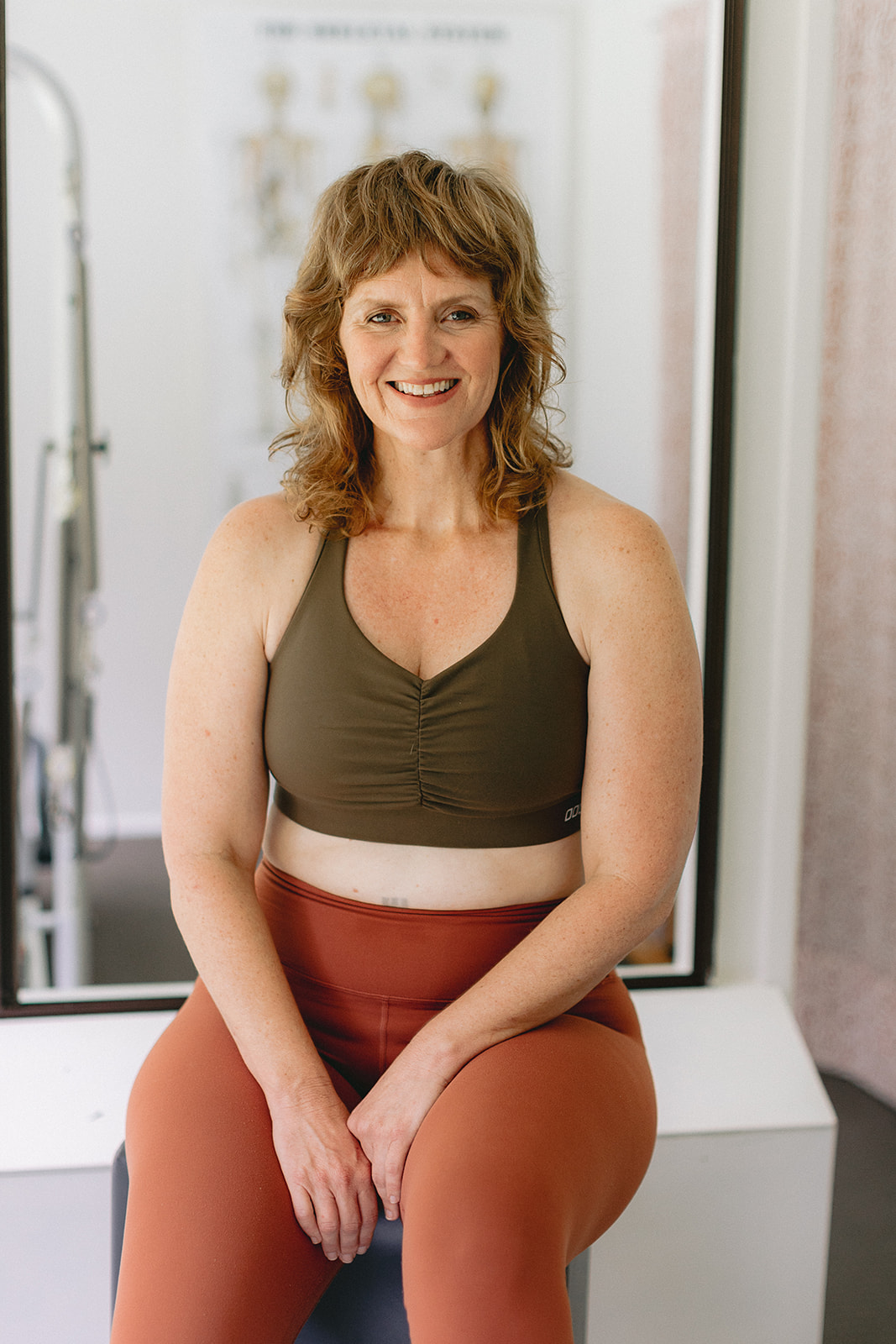
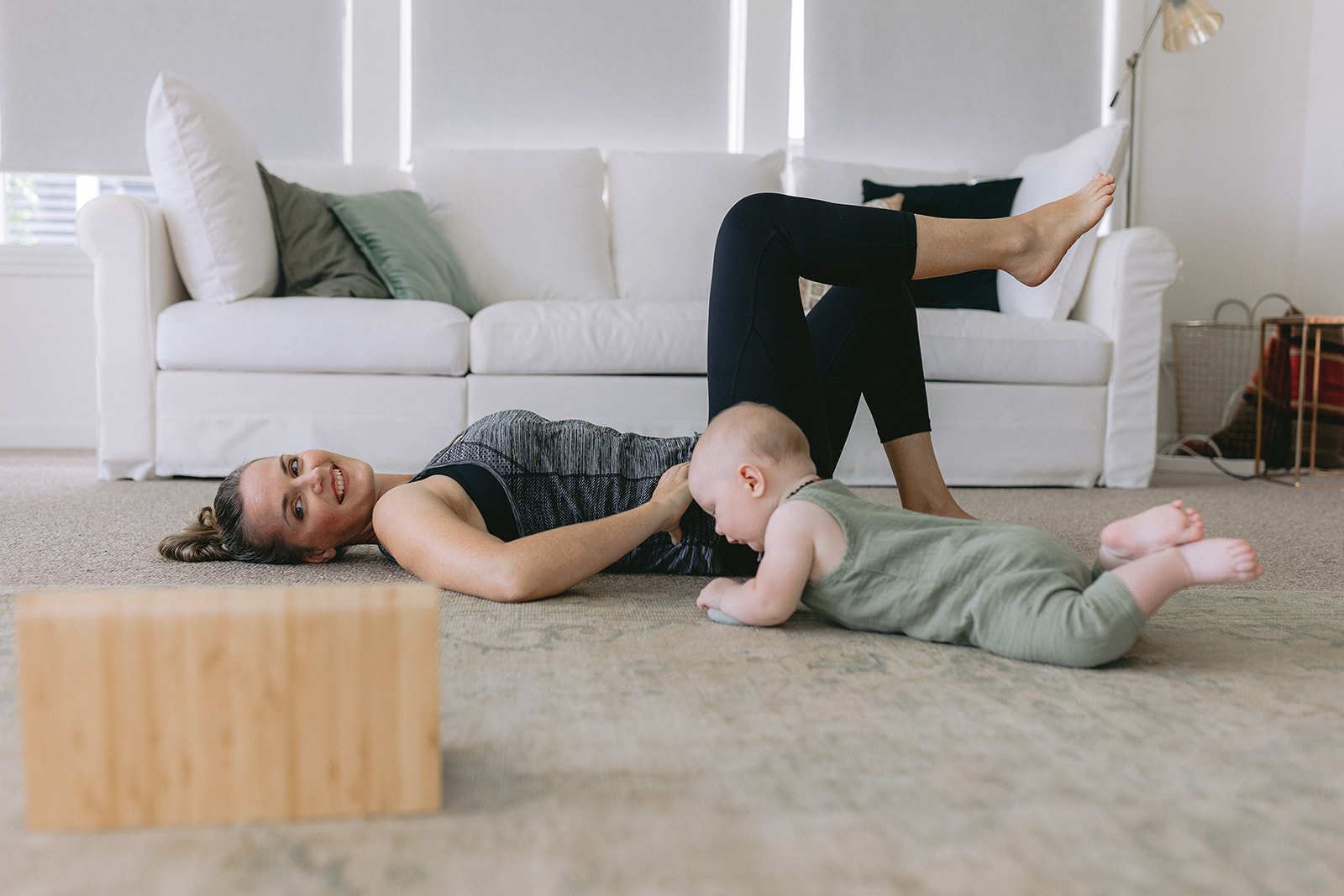
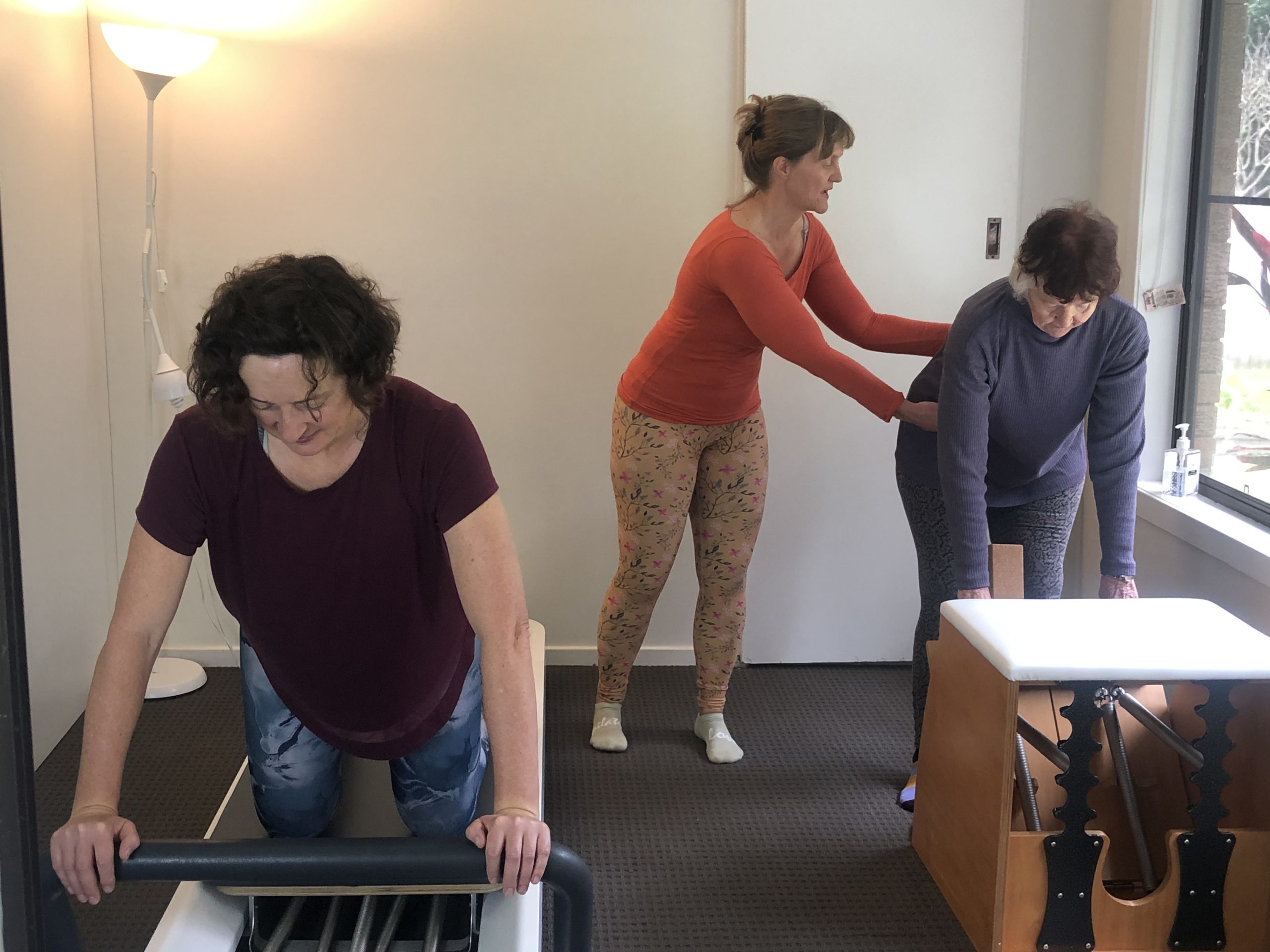
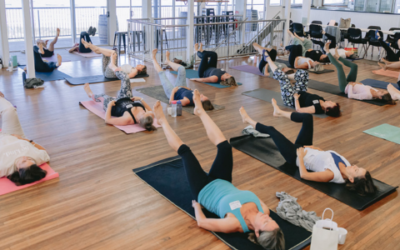
0 Comments